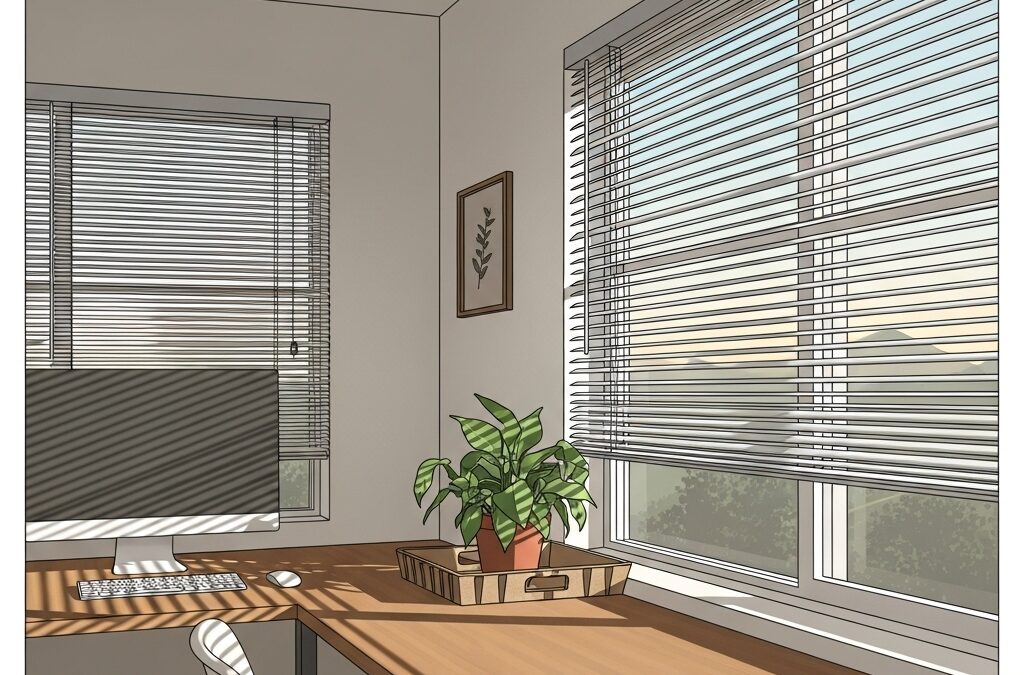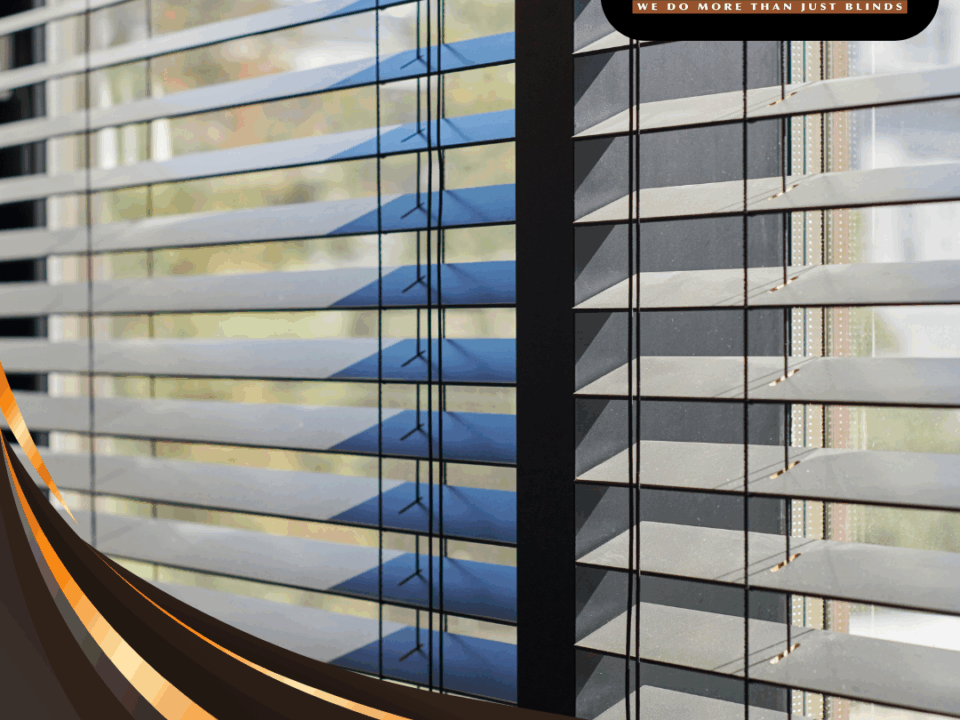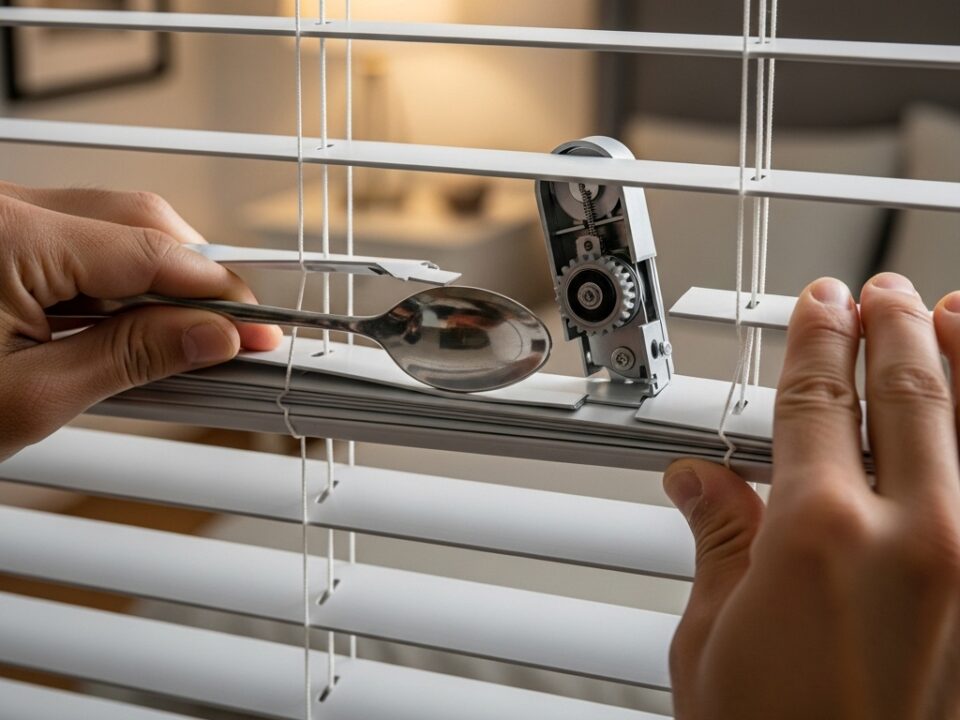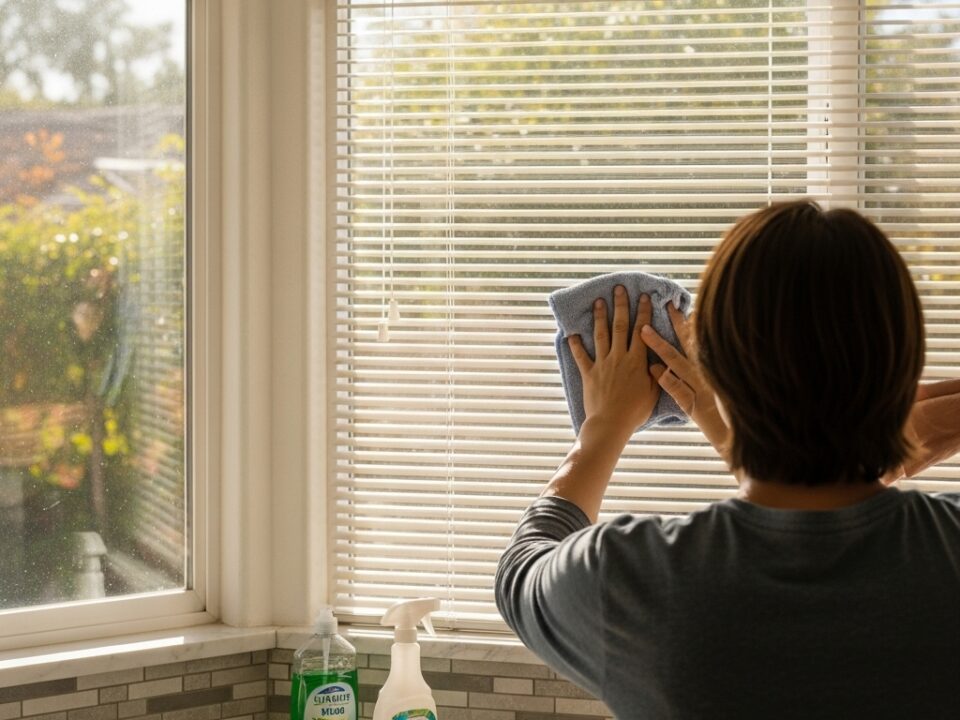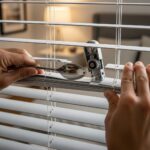
Common Aluminum Blinds Issues in Simi Valley California And Fixes
November 21, 2025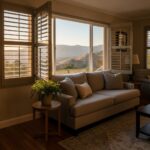
Custom Shutters Benefits for Simi Valley California Homes
November 21, 2025Understanding the Environmental Profile of Aluminum Blinds
When Simi Valley homeowners weigh window treatments, environmental impact rises quickly on the list of considerations. We live with abundant sun, a strong outdoor culture, and a community that values conserving energy without sacrificing comfort. Aluminum blinds play an interesting role in that conversation. They are durable, highly recyclable, and effective at managing indoor temperatures—yet they begin life as a mined material with meaningful embodied energy. Understanding that full picture helps you choose, care for, and eventually retire your blinds in ways that minimize footprint while maximizing comfort and longevity.
Let us start with the everyday experience, because environmental choices often show up in the details of daily living. In a climate like ours—hot afternoons much of the year and cool mornings—window coverings have a real job to do. They either allow heat to rush in or help tame it, and they either demand constant replacement or last long enough to offset the energy it took to make them. Aluminum blinds perform well on both fronts. Their reflective surfaces and precise tilt let you reduce solar gain during peak hours, and their sturdy slats hold up for years with minimal care. If you would like a quick refresher on what the category includes as you evaluate its pros and cons, this primer on keyword offers helpful context about styles and finishes.
Embodied Energy and Material Sourcing
Every product carries the story of how it came to be—what it is made from, how it was formed, and how far it traveled. Aluminum requires significant energy to produce from raw ore, and that fact has to be acknowledged. However, the material is also one of the world’s most recycled metals, and producing aluminum from recycled feedstock uses substantially less energy than starting from scratch. That circular potential changes the equation when you select durable products designed to last and when you commit to responsible end-of-life steps.
In practical terms for a Simi Valley homeowner, the key is choosing blinds with robust finishes and well-built mechanisms so replacement cycles become rare. A long service life means the initial energy investment is spread over many years of use. When the time does come to retire a set, aluminum’s recyclability gives it a second life, returning material to the loop instead of sending it to a landfill.
Operational Energy: Day-to-Day Savings
The way aluminum blinds influence energy use inside your home is where they shine. Our valley’s abundant sunshine can raise interior temperatures quickly, especially in west- and south-facing rooms. By tilting slats to reflect sunlight upward during peak hours, you reduce the amount of radiant heat absorbed by floors, furniture, and walls. This daily practice reduces the burden on cooling systems and makes rooms feel more comfortable without resorting to heavy, light-absorbing treatments. Conversely, on chilly mornings, you can invite sun in by adjusting slats downward, capturing gentle warmth that eases the need for prolonged heating.
The effect is not just theoretical. Households that adopt a habit of thoughtful tilting throughout the day often notice a steadier, more comfortable temperature—less afternoon overheating and fewer cold corners in winter. The blinds become a simple, manual thermostat for sunlight, contributing to lower energy consumption over time.
Durability and Waste Reduction
One of the most overlooked environmental benefits of aluminum blinds is how long they stay in service. Simi Valley’s dry climate is forgiving to materials that resist UV exposure and do not absorb moisture. Aluminum does both well. Finishes remain stable, slats do not warp, and mechanisms constructed with quality components maintain their feel with minimal maintenance. Longer life equates to less frequent replacement, which lowers the cascade of manufacturing, packaging, and shipping associated with bringing new products into your home.
Routine care extends that advantage. Light, regular cleaning prevents dust and grit from degrading moving parts. Addressing minor issues early—like a rogue slat or a slightly uneven lift—keeps blinds operating happily rather than slipping into disrepair. Every extra year of useful life is meaningful, both for your home’s comfort and for the environment.
Indoor Air Quality and Finishes
Comfort is more than temperature. Many residents pay attention to indoor air quality, especially during periods when outdoor conditions are less than ideal. Modern aluminum blinds are typically finished with coatings engineered to be durable and low-odor after proper curing. Because aluminum does not absorb moisture, it is less prone to harboring allergens, and its smooth surface makes regular dust removal easy. In practice, this means you can keep a cleaner, calmer indoor environment without harsh cleaners or frequent wash-downs.
A gentle cleaning routine—microfiber for dusting and mild soap for the occasional smudge—is usually all you need. The absence of heavy fabrics also limits the places where dust can hide. For families sensitive to allergens or for rooms that need to pivot quickly between open windows and closed-up days, aluminum blinds offer a practical, low-maintenance path to a tidy, breathable home.
Local Climate Fit: Simi Valley Specifics
Our microclimate rewards materials that balance light control with thermal moderation. The slats’ ability to fine-tune daylight is particularly helpful in spaces that serve multiple purposes. A dining room doubling as a homework hub can go from bright and engaging to screen-friendly with a slight twist of the wand. In spaces with views you want to preserve—backyards framed by mature trees or foothill glimpses—the blinds can lift cleanly out of the way when you want an unobstructed look, then return to a filtered setting in seconds.
Because the sun angle and day length shift through the seasons, the flexibility of aluminum blinds shines year-round. In summer, a midday upward tilt reflects harsh light, keeping surfaces cooler. In winter, slats that angle down mid-morning can draw soft sun across the room, warming it without turning on the heat. These small, repeated adjustments reduce energy demand and make spaces feel more livable.
Manufacturing, Transportation, and Packaging
Environmental impact also lives outside of your home, in how products are made and moved. Aluminum’s recyclability encourages manufacturers to incorporate recycled content into slats and rails, thereby lowering the overall footprint. Streamlined packaging that protects components while minimizing material has become more common, reducing waste at installation. For Simi Valley residents, choosing vendors who emphasize durable construction and thoughtful packaging compounds the benefits of a product that already has solid circularity potential.
Transportation distances matter, too, though they are usually outweighed by the long service life of the product. By selecting well-constructed blinds with finishes proven to resist UV and abrasion, you effectively amortize the environmental cost of transport over many years of use. The fewer replacements you need, the smaller your long-term impact.
End-of-Life and Recycling
Responsible retirement is where aluminum blinds stand apart. Unlike mixed-material products that can be difficult to separate, aluminum slats and rails have straightforward recycling pathways. When you are ready to part with a set, remove non-metal components, such as plastic end caps or cords, and keep the metal pieces together. Check local guidelines for scrap metal recycling; many programs accept clean aluminum parts. Because the material retains value, keeping it in the loop supports the broader recycling ecosystem.
If your blinds are still functional but do not fit your current decor, consider reuse before recycling. A garage workspace, home office, or rental unit might be a perfect second home. Extending the useful life of any item is the greenest step available, and aluminum’s durability makes repurposing feasible.
Comparing Aluminum to Other Window Coverings
How do aluminum blinds stack up against alternatives from an environmental standpoint? Compared with certain synthetic fabrics, aluminum’s long life and recyclability are distinct advantages. Compared with natural wood, aluminum avoids issues of warping in strong sun and requires less intensive maintenance to stay looking sharp, though wood carries its own renewable story when sourced responsibly. The choice often comes down to use case and longevity. In rooms with heavy sun exposure or moisture—kitchens, baths, and south- or west-facing spaces—aluminum’s stability reduces the need for early replacement, which is an environmental win.
Another point of comparison is light control. Aluminum offers precise modulation without relying on liners or additional layers. Keeping solutions simple often reduces material use overall. When you can achieve privacy, glare reduction, and comfort with a single, durable product, you are streamlining both your home and its environmental footprint.
Design for Daily Efficiency
Environmental benefits amplify when a product encourages good habits. Aluminum blinds practically invite mindful light management because adjustments are fast and intuitive. Once you see how a slight tilt cools a room in late afternoon or how a midday adjustment softens glare on the kitchen counter, you naturally start making those changes every day. Over a season, that adds up to tangible energy savings and a more consistently comfortable home.
Pairing blinds with night-time ventilation and morning sun capture is a particularly effective routine in Simi Valley. Open windows in the evening to bring in cool air, then close and tilt blinds to hold that comfort as the day warms. When the sun is friendly, angle slats to harvest gentle heat. These small acts compose a practical, low-tech strategy for year-round efficiency.
Maintenance as a Sustainability Strategy
Care and sustainability go hand in hand. Keeping mechanisms clean and slats free of grit reduces wear, which extends service life. The routine is simple: light dusting weekly or biweekly, a damp cloth for the occasional smudge, and seasonal checks for bracket tightness and cord health. Address small issues quickly—an out-of-plane slat or a subtle squeak—so they do not grow. The payoff is a blind that looks and performs like new for many years, making full use of the material and avoiding premature replacement.
When you do upgrade, consider models with cords designed for safety and durability or cordless options that reduce small-part waste over time. Choosing timeless finishes also keeps blinds relevant through decor changes, encouraging you to keep them longer rather than swapping them out for fashion alone.
Community Perspective: Why This Matters Locally
Simi Valley’s sense of place is tied to sun-washed hills, outdoor weekends, and homes that function well for family life. Energy-smart choices respect that rhythm. Aluminum blinds help create interiors that stay comfortable without heavy reliance on mechanical cooling and heating. They also require minimal water and no harsh chemicals to maintain, which aligns with broader conservation goals. When products support a lifestyle that is both easy and mindful, sustainability stops feeling like a chore and starts becoming second nature.
There is also a practical pride in owning items that endure. A blind that stays straight, quiet, and clean year after year becomes part of a home’s calm backbone. Less clutter, fewer broken parts, and consistent performance translate to less waste and a more grounded sense of stewardship.
Frequently Asked Questions
Q: Are aluminum blinds truly recyclable? A: Yes. Aluminum is among the most recyclable materials. Remove cords and plastic components, and recycle the metal slats and rails through local programs that accept scrap aluminum.
Q: Do aluminum blinds help reduce energy use? A: By reflecting and redirecting sunlight, they reduce solar heat gain and help stabilize indoor temperatures. Thoughtful daily tilting can lower reliance on cooling in summer and capture warmth in winter.
Q: How long do aluminum blinds typically last? A: With routine cleaning and gentle handling, they can serve for many years. Their resistance to UV and moisture-related issues makes them particularly durable in Simi Valley’s climate.
Q: What about indoor air quality? A: Aluminum’s smooth, non-porous surface is easy to dust, and modern finishes are formulated for durability with low residual odor after curing. Regular cleaning keeps allergens down without harsh chemicals.
Q: How do aluminum blinds compare environmentally to other options? A: Their recyclability and longevity are key strengths. While aluminum has notable embodied energy at the start, a long service life and an end-of-life recycling path offset much of that impact.
Ready to Choose a Smarter, Longer-Lasting Blind?
If you are looking to balance comfort, durability, and environmental responsibility in Simi Valley, aluminum blinds deserve a close look. Explore the category, consider finishes and operating systems, and picture how daily light management will feel in your spaces by visiting this guide to keyword. With a thoughtful selection and simple care, you will enjoy a cooler, calmer home and a smaller footprint for years to come.


